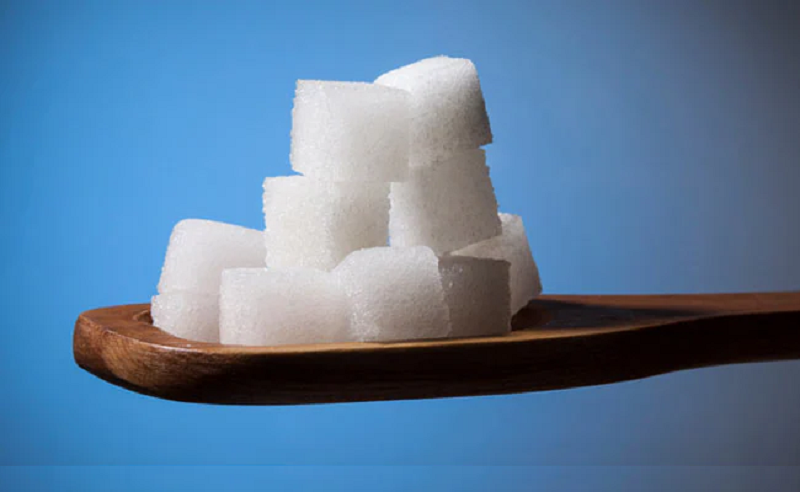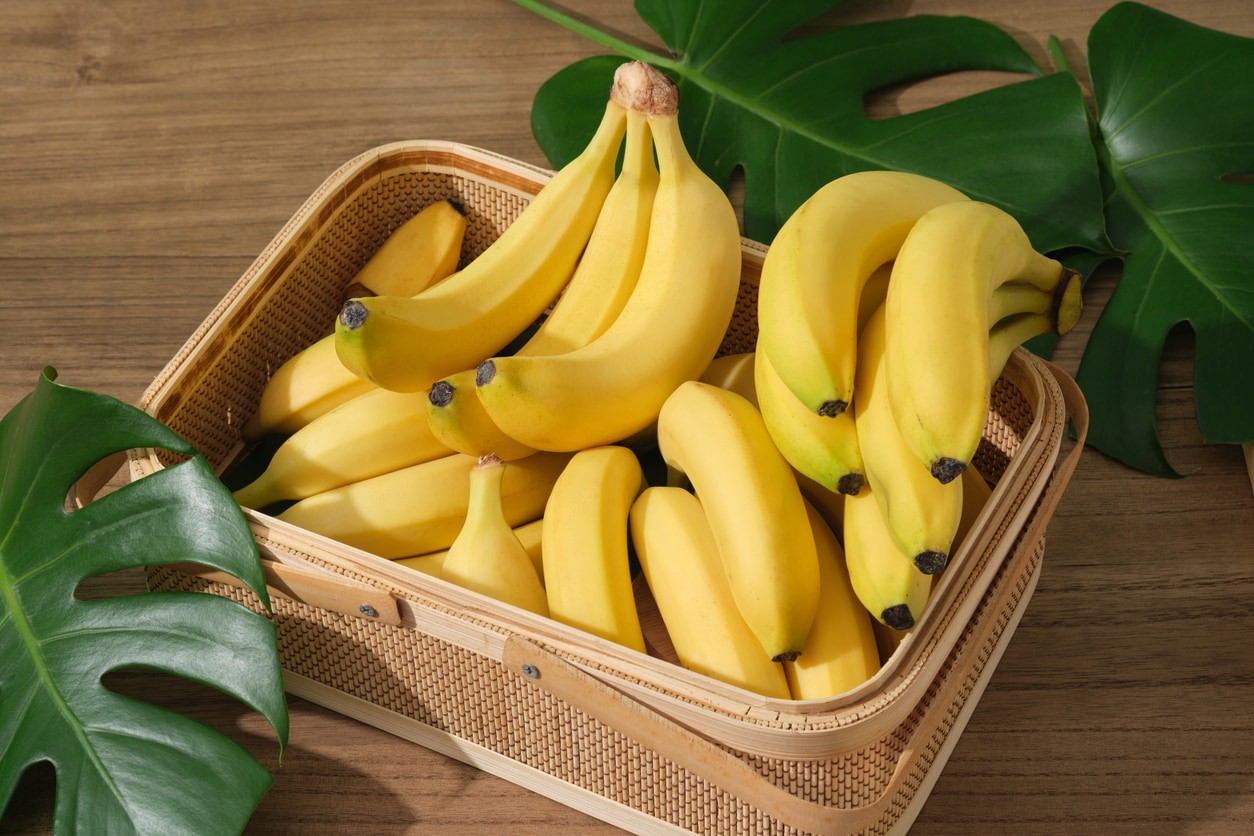Desserts have traditionally used flowers and their floral tastes to enhance the flavours and scents of the cuisine. The delicate flavours of the flowers are a great way to elevate the treats.
Beginning with floral tastes would be a smart choice if you’re someone who wants to experiment with dessert creation. The delicate flavours of flowers give the desserts a wonderful appeal because of their lovely scent. They offer a unique touch to the dessert without overpowering the other tastes because they don’t have a prominent flavour character.
The use of edible flowers and their flavours in cooking has been around for a while, although it has recently been less common before picking back up again. Therefore, feel free to experiment with your delicacies using these top floral styles.
Lavender
Bakers have learned to love lavender for its gentle purple tints and calming floral scent. Lavender adds an appealing sense of flowery refinement when used with cake mixes using extracts. When paired with airy and fluffy buttercream or cream cheese icings, lavender cakes serve as both a visual and gustatory pleasure.
These mouthwatering confections gain an additional layer of appeal from the relaxing properties of lavender. Picture yourself enjoying a cake flavoured with lavender, where every bite is a delicate flower kiss that transports you to a beautiful lavender meadow.
Spearmint
With its cool, subtly sweet flavour, spearmint is making a comeback in a variety of baked products. Imagine biting into a brownie filled with spearmint, the rich chocolate complemented with the vibrant, energising notes of mint. Spearmint cookies, too, have a great blend of crispness and coolness.
Violet
Violet is one captivating flavour that merits some attention within this bouquet of floral pleasures. Violet flavouring gives floral-infused desserts a whimsical appeal with its delicate, somewhat sweet tones. Violet delivers a distinct flavour experience that takes you to a lovely garden full of flowers, just as lavender and rose.
Cakes with violet flavours frequently have a vivid purple colour that reflects the majestic grandeur of this alluring flower. This delicate yet alluring flavour, found in the violet extract, can elevate goodies to new levels of inventiveness and elegance.
Citrus Flowers
These fruit blossoms, such as orange blossoms or grapefruit and lemon blossoms, are a wonderful complement to your sweets and enhance a variety of desserts, especially They go well with stir-fries or even desserts. Their juicy scent and refreshing taste give the meals an alluring appeal. Citrus blossoms work well in coffee cakes, tea flavours, dessert decorations, and even crystallisation.
Hibiscus
A true heavyweight when it comes to cooking. The potential of hibiscus to infuse meals with sweetness and fragrance makes it highly prized. They are used in a variety of recipes, including cocktails, sauces, and drizzles. They are tangy and colourful. The flower can be used to make hibiscus margaritas and delicious jams.
Rose
When it came to sweets, rose was the most favoured flavour before vanilla. It appeals to both flowery and exotic (or worldwide) tastes. Although it may be in its infancy in American nations, Middle Eastern and West Asian nations have long cherished its flavour.

Cakes flavoured with rosewater have a romantic, aromatic tone that makes them ideal for weddings and other special events. A taste of absolute enchantment is provided by delicate layers of cake decorated with crystallised rose petals and bursting with a fruity and fragrant flavour. Rosewater works well in a variety of baked products, such as cookies and cakes.
Jasmine
A well-known flower is recognised for its delightful scent. Its petals are a beautiful white colour. Nevertheless, jasmine possesses bitter and sour undertones in addition to sugar, which gives the flowery flavour of jasmine its overall sweetness, despite its strong fragrance.
Although jasmine is commonly used to make jasmine tea, you can also add it to sweet pastries like macarons and palmiers, since its subtle bitterness goes well with them.





